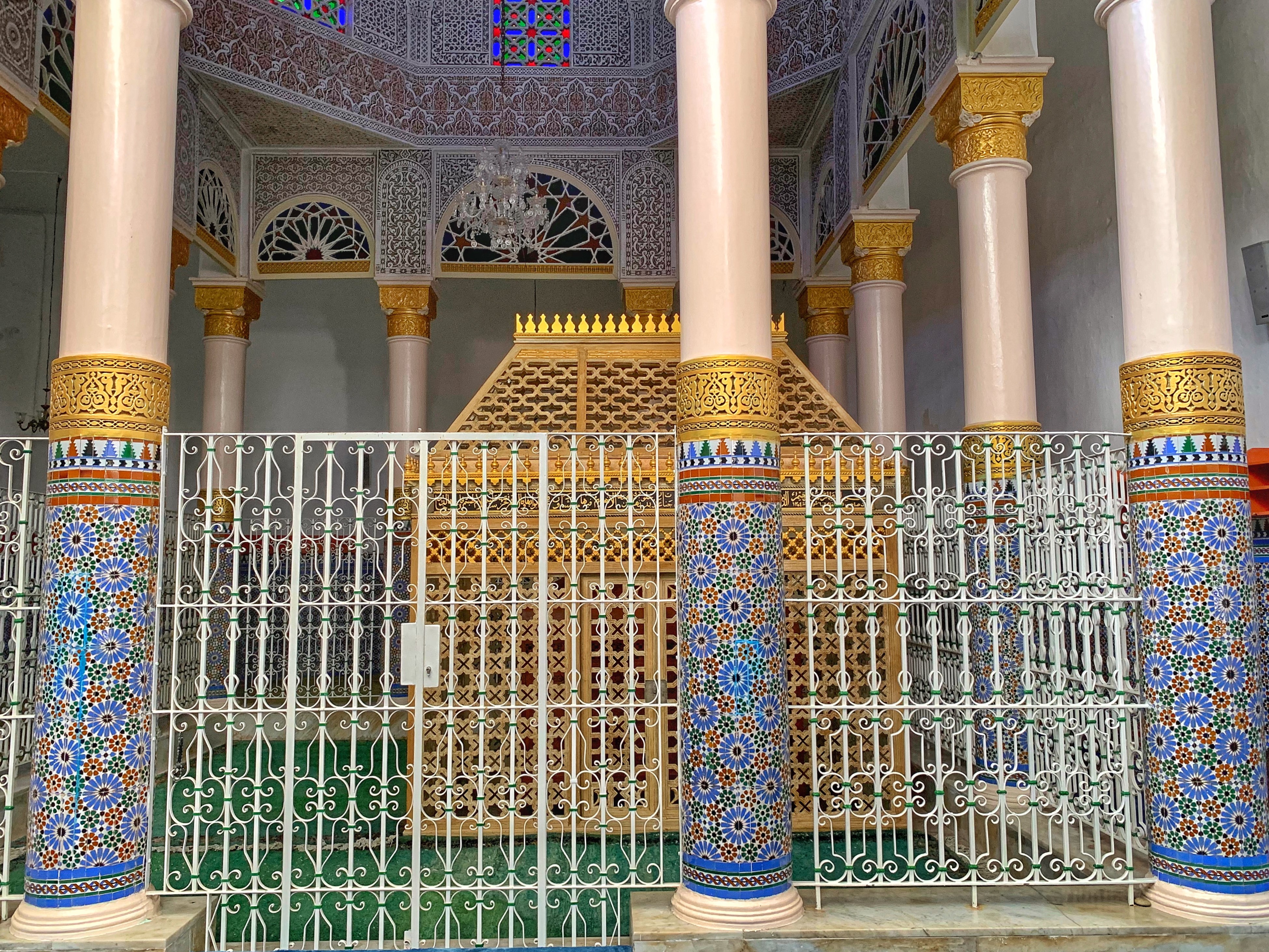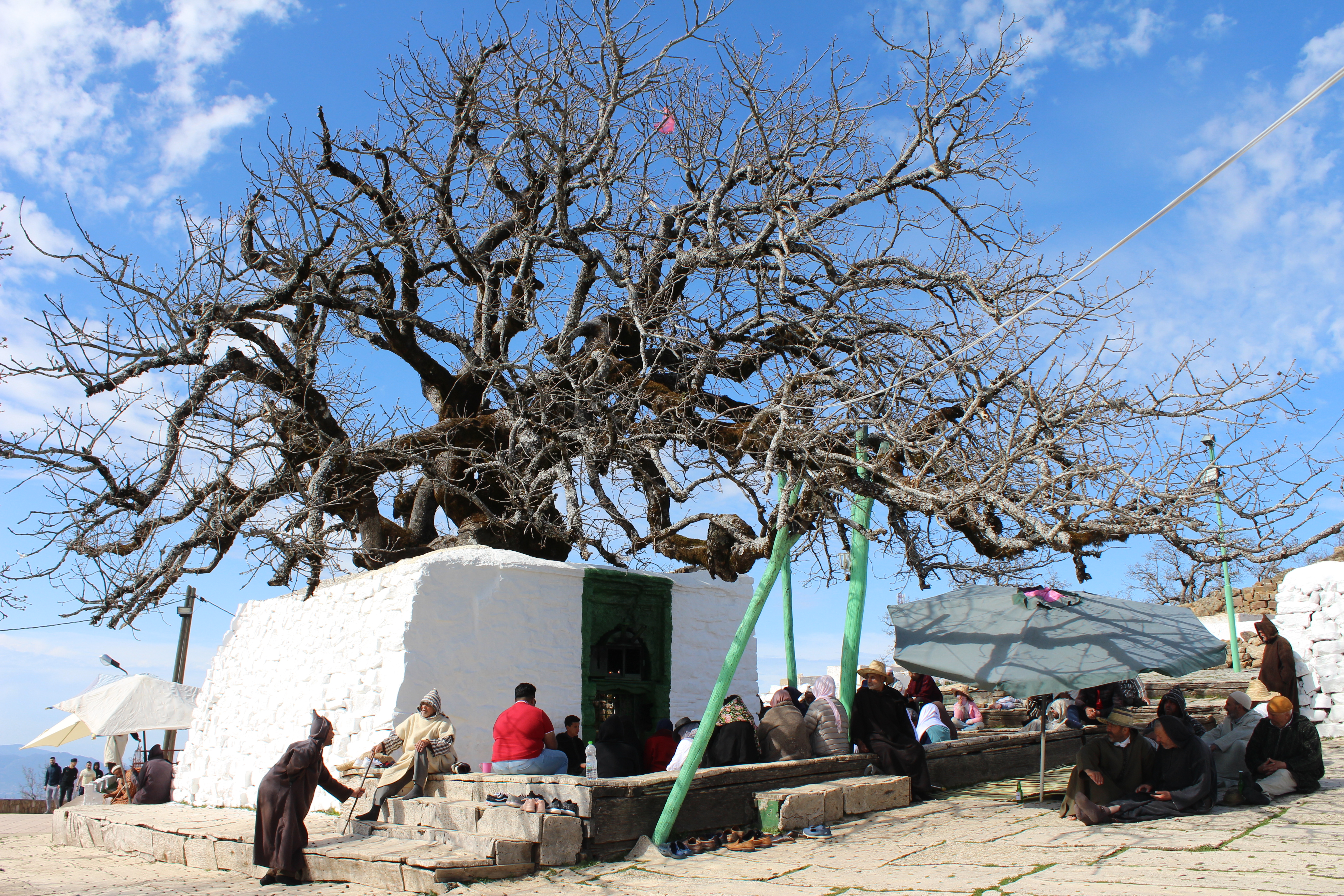Step Back in Time in Medieval Islamic City Fes with Moulay Idriss II
Fes, might look like battered and declining, but it is still the most complete medieval city of the Arab world today. In fact until today it still served as the most represented original Moroccan settlement and traditional occupation from the 9th century. It was gazetted under Unesco World Heritage Imperial Cities categories in 1981. It is far from a Museum type of ancient city but alive with its residents that still live, work, pray and shop just like any modern city you and I live in. Of course; minus the cars and vehicles as their only mode of transportation is by mules or simply by walking.
A study of 5 years was done by the Moroccan government together with UNESCO, ADER-Fes, the creation of a semi-private agency, which is responsible for the rehabilitation of the medina. This project includes up-grade of dwelling, restoring historical buildings, improving infrastructure such as sanitation, training and incentive for artisan and strengthening of main structural without alteration to the historical fabric of the medina. A total estimate of $600 million for the entire projected which is funded by the Moroccan government and UNESCO. In 1993, the World Bank granted a loan for this massive project.
.jpg)
Moulay Idriss 2 the son of Idriss 1 re-discovered the importance of Fes. His full name is Idriss Al-Azhar Ben Idris Ben Abdellah Al Kamel. (791-828). After he accented to the throne, he started the project to establish Fes into a spiritual centre and learning focus on the Kairaouine University, which is the oldest and still functioning until today. The Idrisid Dynasty is one and only Islamic Dynasty that did not have to impose itself by force.
His great foresight of adopting foreign political refugees from the Andalusia has greatly contributed to intellectual and technical transfer to enhance the growth of his own people. His intelligent foreign policy with the Arab and Andalusia power seat of that time, which successfully secured an 500 strong army in Hegira (805) which is important to the defence of the country.
In 1437, a body in perfect condition was found and was attributed to this patron saint, Moulay Idriss 2. The Mausoluem of Moulay Idriss complex, the Al-Haram, where Muslim could find refuge and asylum consist of the house of Quitum, supposedly where Moulay Idriss 2 reside, al-Asraf mosque and a fountain. It was built in 1717 and completed in 1824. It is believed that this complex is the expansion of the original mosque of the medina from the 8th century. From the small mosque, it has gone though renovation by the Merinid in 1437 followed by many modifications throughout the century to the style and design of each ruler of the time until the last modification which adopted the Alawite style much of the present opulence ornament was produced. The last addition is the large gate and a door to the mausoleum was added in 1825.
.jpg)
It is easy to find this zaouia in the medina of Fes as almost everyone knows the direction. Surrounding the area are many restaurants, small artisan shops of leather products, handicraft, jubah for mens and women of all colors and design. Do take care when visiting as the entire medina has more than 9000 small winding lanes from comfortable walkway to the darkest and narrowest alley. Moulay Idriss II zaouia today is an iconic places of interest for each Muslim traveller and as usual, it is adviceable to bring a bag to keep your shoe with you as the zaouia require each visitor to take off their shoe. If you do not have a bag with you just leave your shoe at the small bench provided.
Every year in September, there will be a Moulay Idriss Festival with a parade of local artisans, musicians with melodic chanting that filled the air. These huge possessions started from the outside wall of the medina weaving through the ever winding alley and ended up in the mausoleum of Moulay Idriss.
.jpg)
Related Blogs

See With Your Heart, A Visit to Morocco Mecca – Moulay Idriss Zerhoun
Before 2005, non Muslim are not permitted to stay overnight in Moulay Idriss. This town has a deep history dated back to 789, Moulay Idriss el Akhbar, the great grandson of Phophet Muhammad came and bring along the teaching of Islam...
Read More
The Revolution Faqih And The Scholar of All Madhhab - Sheikh Abdellah Ibn As-Siddiq Al Ghumari
Tangier is the most Northern city of Morocco and also the gateway connecting Africa to Europe via its Strait of Gibraltar. Spain is about 20 kilometres away. It has influence from the days of the Carthaginian, Roman, British, Spanish, Portuguese, French and finally the Arab forces. For the past 10 years with the current King, King Mohammad VI...
Read More
The Great Sufi Master, Be One And With One The Completeness of Spirit.
Sometimes, I wonder, why so many Sufi scholars and Saints find their way to this little country at the corner of Africa. Again why do these famous Saints choose a challenging location, tiny little town, hard to find villages to call their home?...
Read More